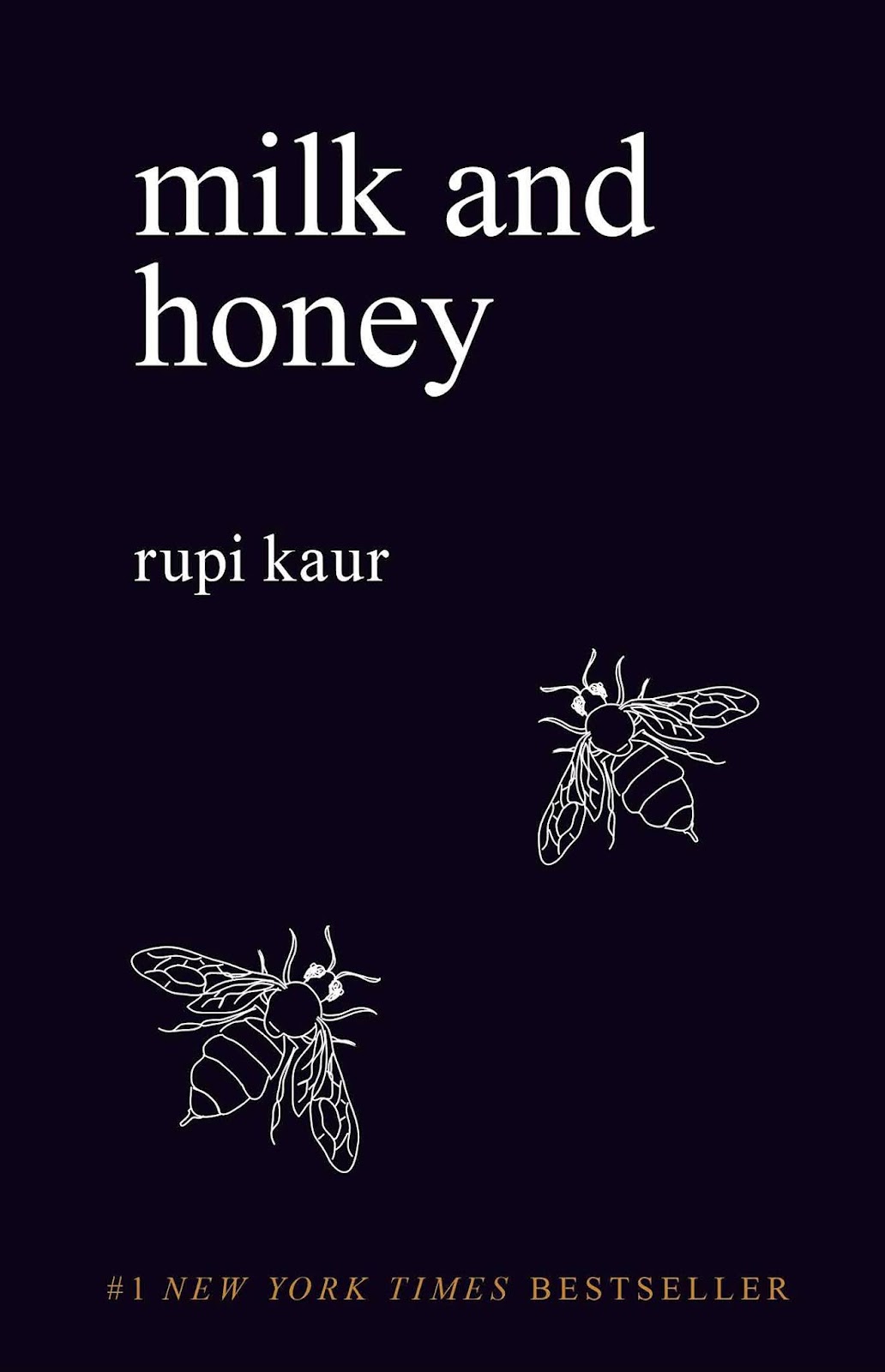
The Sweet Indifference of the World (2018) is a short novel by Peter Stamm. The novel was translated from German to English by Michael Hofmann. The story is a beautiful and curious tale about love, aging, and memory. The book cover is as disorienting as the story itself.
In the first chapter, an old man waits for a woman named Magdalena to visit him on a cold, winter day. She is young and doesn’t age, and she seems to be in the man’s imagination. After she arrives, Magdalena calls to the man to go walking with her outside. She’s much faster than him. The man has forgotten his cane and worries that he will slip and fall when he nears a bridge. His other fear is that he will lose sight of Magdalena.
In the next chapter, Christoph leaves an obscure message for Magdalena, asking her to meet him at a cemetery in Stockholm, Sweden, “Please come to Skogskyrkogården tomorrow at two. I have a story I want to tell you.” A young woman arrives to meet Christoph. She goes by Lena rather than her full name. Lena has never met Christoph before, and he is older than her, but she is curious to hear this stranger’s story.
Christoph tells Lena that he was once a writer. He was writing a novel that was a love story and a portrait of his girlfriend. While writing the novel, he and his girlfriend broke up, so he wrote instead about the impossibility of love. As Christoph tells Lena his story about Magdalena, Lena recognizes that they share the same name. Beyond that, both Magdalena and Lena are actresses, and Lena is dating a man named Chris who is a writer like Christoph.

These two pairs of people are leading uncannily similar lives though years apart. Christoph continues his story telling Lena that he previously met his doppelgänger Chris and told him about his life with Magdalena and their breakup. Though Chris has actively made different choices than Christoph, it seems that Lena is still dissatisfied with their relationship, and she plans to break up with Chris. However, when Lena looks at Christoph, she tells him that she would choose to stay with Chris if she knew for sure that he would turn out like his double.
The story is compelling, but the novel trails off with a somewhat dissatisfying ending. Is the younger pair destined to the same outcome as their older counterparts? It would be nice to know their fates and whether Christoph’s interventions in Chris and Lena’s lives changed their story. I also half-expected that Lena would break up with Chris for Christoph, and I was somewhat disappointed that this did not occur.
As the novel concludes, Christoph remembers that as a twenty-year-old man, he found an old man who had collapsed near a bridge. As Christoph helped the old man walk home, the old man said something about a woman he went out walking with. I realized that this is the same old man who was waiting for Magdalena in the opening chapter. It left me wondering how many times Christoph has crossed paths with versions of himself during his life and how these moments were sometimes not recognized.
Another aspect of the novel that I contemplated was the names of the characters. Magdalena’s name suggests Mary Magdalene from the Bible, and Christoph is named after Jesus Christ. Lena and Christoph meet in a cemetery, which made me think of how Mary Magdalene discovered that Jesus’s tomb was empty. Perhaps this Christian symbolism is meant to make us consider how stories continue and resurrect themselves without finite endings. Indeed, Christoph tells Lena, “I can’t tell you the end of the story...the only stories that have endings are the ones in books. But I can tell you what happened next.”
Purchase and read books by Peter Stamm:




© penciledpage.com

















Search This Website